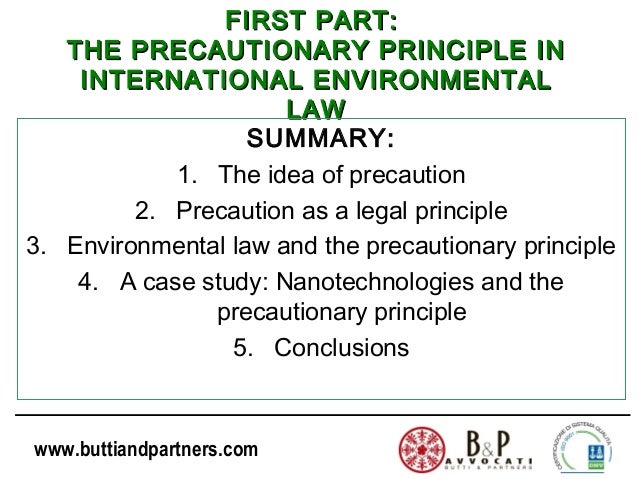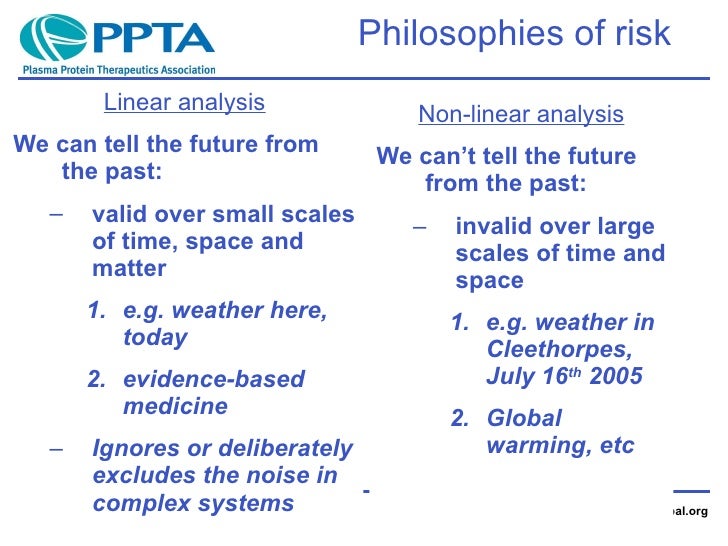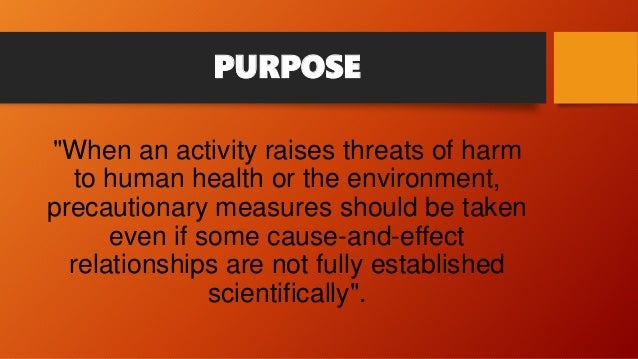
He says “The Constitution of Risk” is part of the “same broad stream of research” as his last book, “The System of the Constitution,” in which he also tried to take a “systemic or holistic” approach to thinking about constitutional change. Some official misconduct or corruption may be “the unavoidable byproduct of a regime that optimizes the net overall risks of action and inaction, of abuses and neglect, on the part of both officials and powerful nongovernmental actors,” Vermeule writes. Instead, he argues that the better approach is an “optimizing” model in which all potential risks are taken into account “without becoming obsessively focused on one particular risk.” The precautionary model assumes that if it’s possible for officials to abuse their powers, then “constitutional rulemakers should act as if those officials will be certain to do so.” Vermeule rejects this “precautionary” model of constitutionalism, in which drafters of laws or constitutions seek to avoid altogether “worst-case” risks such as dictatorship. She also serves as NNU’s Associate Executive Director.When writing laws, trying to prevent official abuse can actually create or exacerbate the very risks they are intended to avoid, argues Professor Adrian Vermeule ’93 in his new book, “The Constitution of Risk.” Join the nursing health and safety movement today!īonnie Castillo, RN, is National Director of Health and Safety and the Registered Nurse Response Network for National Nurses United. Saving lives should not be a life-threatening endeavor. But we know they will not do so without pressure from an organized RN workforce. Our employers’ social contract with us should be to furnish us with the highest standards of protection. That is our social contract with the public. Nurses, as always, will be on the front lines of the next epidemic. Nurses know that Ebola will not be the last contagious disease challenge the world faces.

We succeeded in winning passage in California of the nation’s first mandated standards for protecting the health and safety of caregivers treating patients with Ebola and infectious diseases – and continue to lobby on a national level for similar rules. In response to inaction by hospitals, we took the lead, alerting the American public and lawmakers of the dangers posed to the nation’s registered nurses, healthcare workers, and the public. All this could have been prevented if their employer had followed the precautionary principle and provided them with effective personal protective equipment. They now live with the knowledge that the long-term effects of the disease are still unclear. As a result, our RN colleagues Nina Pham and Amber Vinson paid a high price for their willingness to care for those suffering from Ebola. Sadly, the results of our survey at the height of the outbreak showed that most American hospitals refused to follow the precautionary principle. Do as much as you can, not the least you can get away with.Īpplying this principle to Ebola, NNU nurses demanded from all workplaces the highest standards of personal protective equipment, training, and hands-on additional staffing to protect public health and safety. In other words, when you don’t know what you’re dealing with, go above and beyond to protect the safety of those involved.


The precautionary principle to risk management states that if an action or policy has a suspected risk of causing harm to the public, or to the environment, in the absence of scientific consensus (that the action or policy is not harmful), the burden of proof that it is not harmful falls on those taking an action that may or may not be a risk.

It’s an important component of our Nurses’ Health and Safety Campaign. That’s why, in situations like these, the registered nurse members of National Nurses United insist on following the precautionary principle to protect our patients, ourselves, and the public. This latest finding is another reminder that we still don’t fully understand the methods of transmission of Ebola and other emerging diseases. “ This study suggests that Ebola may be transmitted by breathing - something which up to now we didn’t think was possible.” “Some people were infected without being in direct contact with patients,” Ali Zumla, a University College London researcher, told a reporter. More than two years after the West African Ebola outbreak panicked the globe, Ebola news made headlines again when researchers found evidence suggesting that the deadly virus lingers in people’s lungs. California RN-to-Patient Staffing Ratios.


 0 kommentar(er)
0 kommentar(er)
